
English Lectures / Functional chemistry 1 eng
.pdfKUBAN STATE MEDICAL UNIVERSITY
KUBAN MEDICAL INSTITUTE
DEPARTMENT OF FUNDAMENTAL AND
CLINICAL BIOCHEMISTRY
Functional Chemistry.
Part 1
Krasnodar
2020
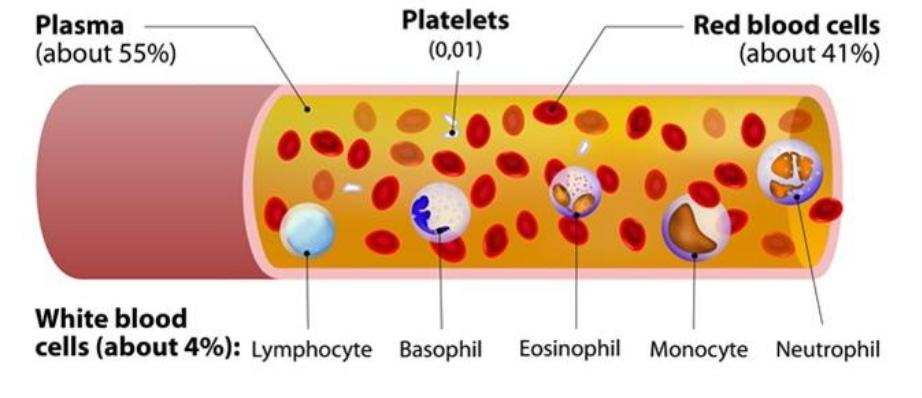
Blood
Blood is the liquid internal environment of an organism. The total blood volume of an adult is 5-6 liters. Blood consists of the liquid part - plasma, which makes up 55% of its total volume, and the formed elements, which include red blood cells, white blood cells and platelets.
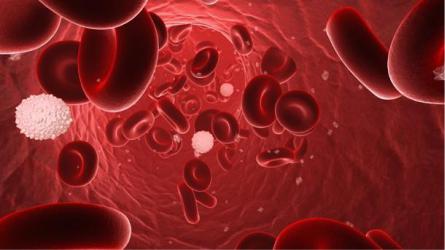
Blood functions
Let’s write!
•It carries oxygen from the lungs to the tissues and carbon dioxide from the tissues to the lungs as part of the erythrocyte hemoglobin (respiratory function);
•It delivers the products of digestion of food from the intestine into the tissue (trophic function);
•It carries away the final metabolic products from tissues to excretory organs (excretory function);
•It participates in the regulation of metabolism, delivering signaling molecules from internal secretion organs to target tissues.
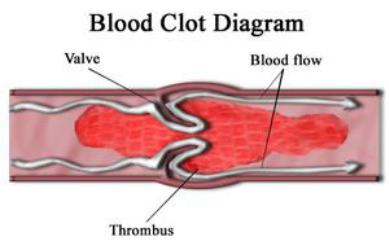
Blood functions
Let’s write!
•The protective function of blood has two sides: it contains cellular (leukocytes) and humoral (antibodies) elements of the immune response, which protect the body from any foreign molecule. Secondly, it is the ability of blood to coagulate;
•It supports the acid-alkaline and water balance of the body, osmotic and oncotic pressure. Normal blood pH is 7.36-7.4. pH regulation is carried out by blood buffer systems;
•Performing a thermoregulatory function, the blood maintains a constant body temperature in its different parts.
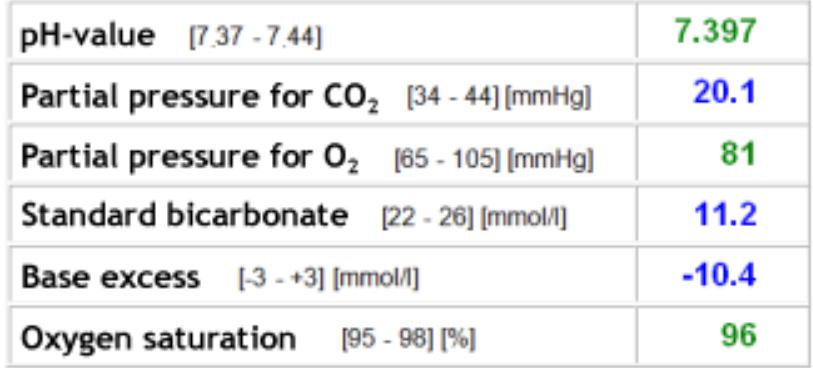
Normal blood counts
•osmotic pressure is 7,9-8,1 atm
•oncotic pressure is 0,03-0,04 atm
•Density is 1,05-1,06 g/sm³
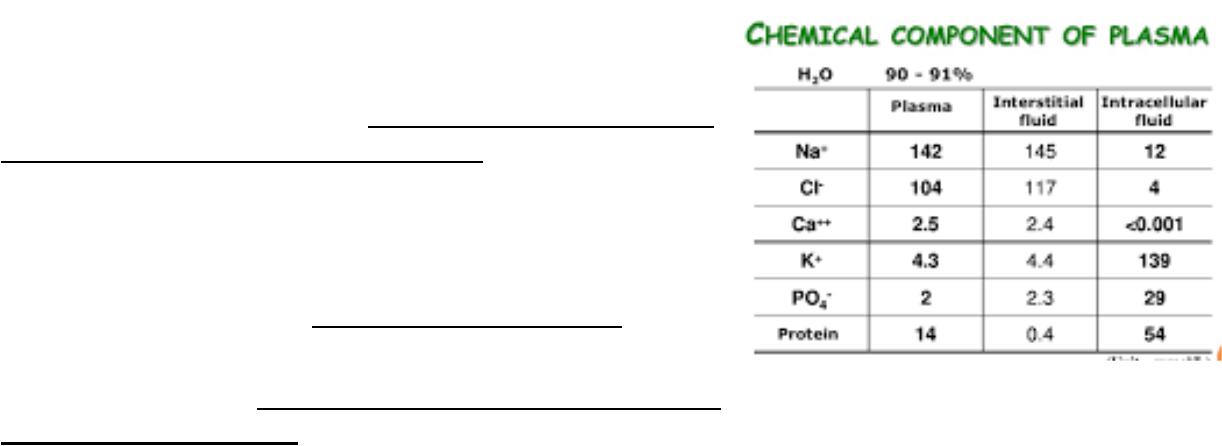
Blood chemical composition
The chemical composition of plasma-soluble substances is relatively constant.
•Soluble plasma substances make up about 10% of the blood mass, of which about 7% is the share of proteins, 0.9% is the share of inorganic salts, and non-protein organic compounds form the rest.
•The distribution of electrolytes in body fluids is very specific in its quantitative and qualitative composition.
•Of the plasma cations, sodium makes up 93% of their total amount.
•Among the anions, chlorine and bicarbonate should be distinguished primarily. The sum of anions and cations is almost the same, i.e. the whole system is electrically neutral.
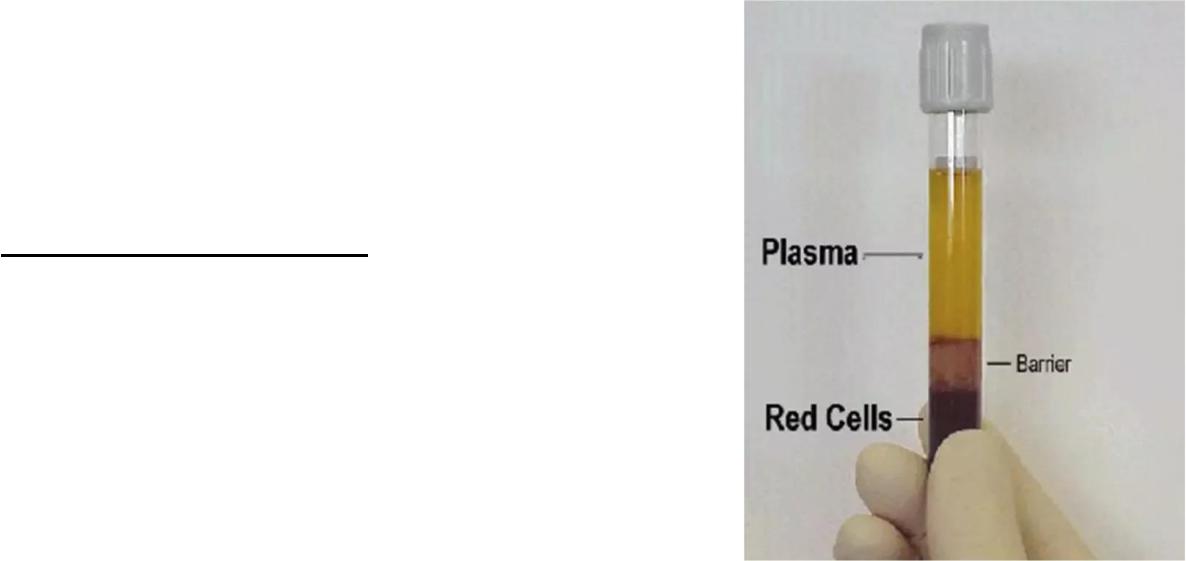
Blood plasma
Blood plasma is the liquid part of the blood that contains water and the substances suspended in it – proteins and other compounds.
1.The main plasma proteins are albumin, globulins and fibrinogen. About 85% of the plasma is water.
2.Inorganic substances make up about 2- 3%; these are cations (Na , K , Mg² , Ca2 ) and anions (HCO ¯, Cl¯, PO ³¯, SO ²¯).

Organic substances of blood plasma
Let’s write!
Organic substances (about 9%) in the blood are divided into
•nitrogen-containing: protein 65-85 g/L and non-protein 15-25 g/L (proteins, amino acids, urea, creatinine, ammonia, metabolic products of purine and pyrimidine nucleotides)
•nitrogen-free: hydrocarbons 4.3-6.2 g/L and lipids 6.0-8.0 g/L (glucose, fatty acids, pyruvate, lactate, phospholipids, triacylglycerols, cholesterol).
Also, blood plasma contains gases (oxygen, carbon dioxide) and biologically active substances (hormones, vitamins, enzymes, mediators).
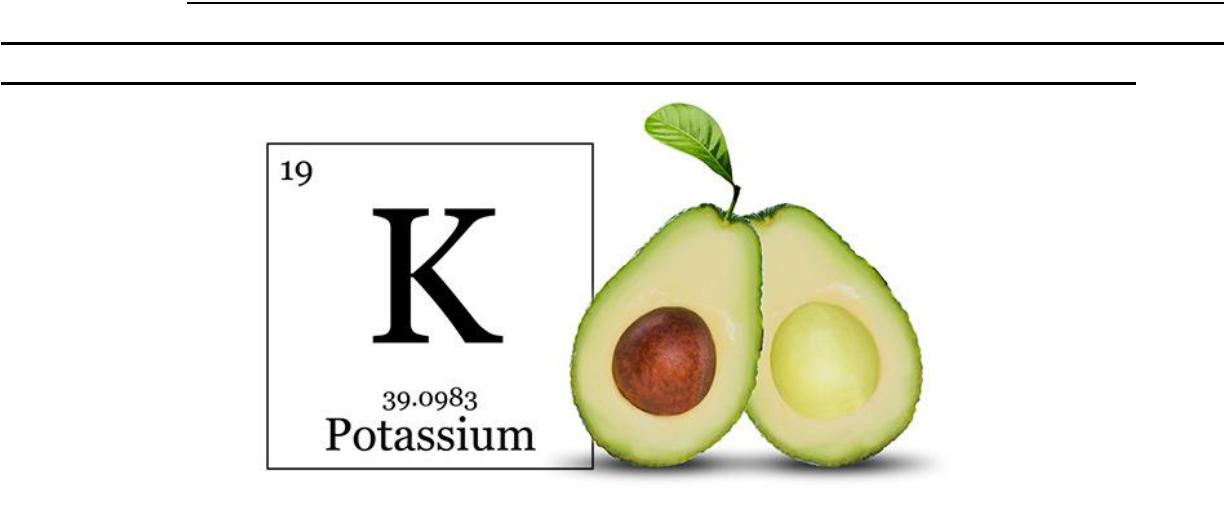
Potassium
Potassium (3.8-4.6 mmol/L) is an electrolyte that is contained predominantly inside cells. It plays an important role in the processes of muscle contraction, in the functioning of the heart, the conduct of nerve impulses, and metabolism. In clinical practice, the potassium content in the blood and urine is evaluated.
Potassium increase
Let’s write!
An increase in the level of potassium in the blood is manifested by cardiac arrhythmias (with a very high potassium content, cardiac arrest is possible), changes in the nervous system, and is most often observed with:
-acute and chronic renal failure;
-extensive burns and injuries;
-oliguria and anuria (a sharp decrease in the amount of urine excreted or its complete absence) of any origin;
-severe kidney disease, poisoning, shock conditions;
-adrenal insufficiency;
-the use of potassium-containing drugs for a long time and / or in large doses;
metabolic acidosis, which can develop with coma, shock, hypoxic conditions.
